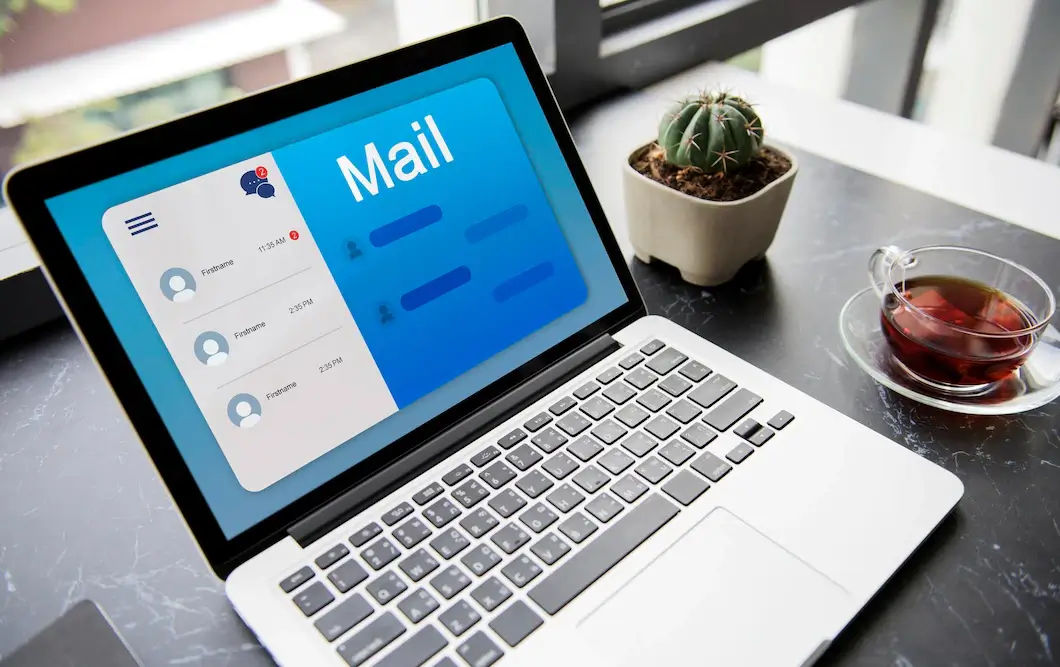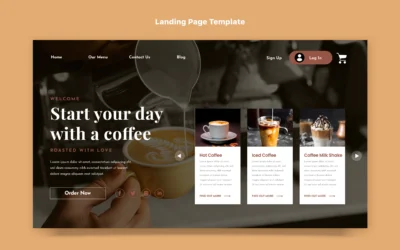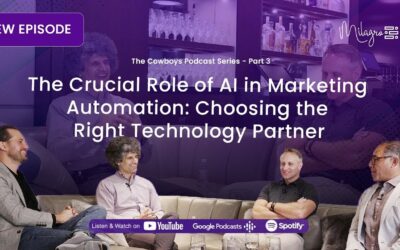Email marketing when used effectively is an extremely profitable marketing engine. For every dollar spent you can expect to get $35-$45 in return. With such incredible success rates, why do so many restaurants fail to get any return on investment?
In order for any marketing to be most effective, it must be tailored to the recipient, and email marketing is no exception. Most other industries have successfully monetized the transactional data of every customer in order to upsell through email marketing, however, within the restaurant industry, the lack of data, specifically actionable transactional data has drastically reduced the potential return on investment.
To further illustrate this point, consider this example: imagine receiving an email from your favorite restaurant offering a discount on a dish that you have never even tried before, or worse, offering a deal on something that you are allergic to. These types of irrelevant emails are not only annoying, but they also fail to convert because they do not address the individual needs or preferences of the customer. On the other hand, imagine receiving an email from the same restaurant offering a discount on your favorite dish, or promoting a new menu item that is specifically tailored to your dietary restrictions. This type of personalized email is much more likely to be effective in driving sales because it addresses the individual needs and preferences of the customer. In order to truly capitalize on the power of email marketing, it is crucial for restaurants to have access to actionable transactional data that can be used to personalize and tailor their marketing efforts to the individual needs of their customers.
How to get the most ROI out of email marketing?
Step 1: Personalization is an absolute must
This is common sense, however, small and large brands do not seem to get this right. The concept is extremely simple, if the message does not resonate, it will not trigger a response. If you continue sending kids eat free to all of your customers or sending out meat specials to vegetarians or sending out alcohol specials to those who don’t drink or are underage, do not expect your customers to stick around for long in your email marketing campaign.
Personalization is crucial in order to be effective in email marketing. If the message doesn’t resonate with the recipient, it won’t be effective. It’s important to have a single source of truth about your customers’ behavior, including transaction details on the POS system, online ordering, loyalty and gift card apps, customer feedback, and reservations. This will help ensure that you are sending relevant messages to your customers.
Step 2: Automated Segmentation Engine
The very next important task is to have an automated segmentation engine that will automatically update customers’ preferences in real time based on their recent behavior. As an example, when a customer orders wine multiple times, this engine should automatically and in real-time update the preferences of the customer as a wine lover.
Without an effective segmentation engine, the data that you gathered in step 1 may as well not exist. Again, remember that the sole purpose of gathering information about the customer is to use that information to elevate their experience and tailor your communication to increase the chances of the intended action, i.e. make a purchase, increase the frequency of visits or order more appetizers or desserts.
Customer segmentation is an absolutely crucial part of any customer data platform (CDP). It allows you to divide your customers into unlimited groups based on their attributes, behaviors, and preferences. To be effective, this segmentation must be dynamic and updated continuously with every customer interaction. To clarify, each individual customer will have unique attributes, and the segmentation engine must accommodate each customer individually. For example, one customer may have kids, drinks alcohol, is a vegetarian, and lives in NYC. Another customer lives in Los Angeles, has no kids, and is a wine drinker. As you can see it gets extremely complicated to create a circle and force a square peg through it. This is why a dynamic customer segmentation engine is absolutely crucial.
Step 3: Campaign Creation
To make sure our marketing efforts are as successful as possible, we need to create messages that really speak to our target audience and their specific shopping habits. Any marketing piece created must follow a specific set of guidelines to ensure maximum impact. Even if steps 1 and 2 are flawlessly executed, but we choose a poor communication method, it will defeat the purpose and our marketing budget is wasted. This means that our marketing materials need to be clear, concise, engaging, and straight to the point. They should also be optimized for mobile devices, as well as desktop computers. Additionally, we need to include a clear call to action and a sense of urgency to encourage a timely response. By following these guidelines, we can ensure that our marketing efforts are as effective as possible.
Step 4: Measuring the metrics
Marketing is a trial-and-error-oriented process, which means you must constantly be monitoring the impacts of your marketing messages in order to improve and not burn through your marketing budget. All of your competitors will leave this key step out which creates an excellent opportunity for you to capitalize on their loss. The ability to measure a marketing campaign as a whole will automatically set you apart from your competitors but if you are able to further segment the customers responsible for the success of any campaign, that will give you a competitive edge that your competitors could only dream of. The 80/20 rule always applies and this is no exception. 20% of your marketing campaigns will be responsible for 80% of your revenue and furthermore, 20% of your customers will be responsible for 80% of the revenue of an individual campaign.
Knowing this one key piece of information will allow you to focus on the 20% of your marketing campaigns that are driving the most amount of revenue by diverging the funds from mediocre campaigns. Furthermore, it allows you to identify the top 20% of your customers and elevate their experience to make a truly loyal fan out of them.
If you prefer to not deal with the complexity or the stress of running a successful marketing campaign, contact milagro today and let our team do the work for you.





